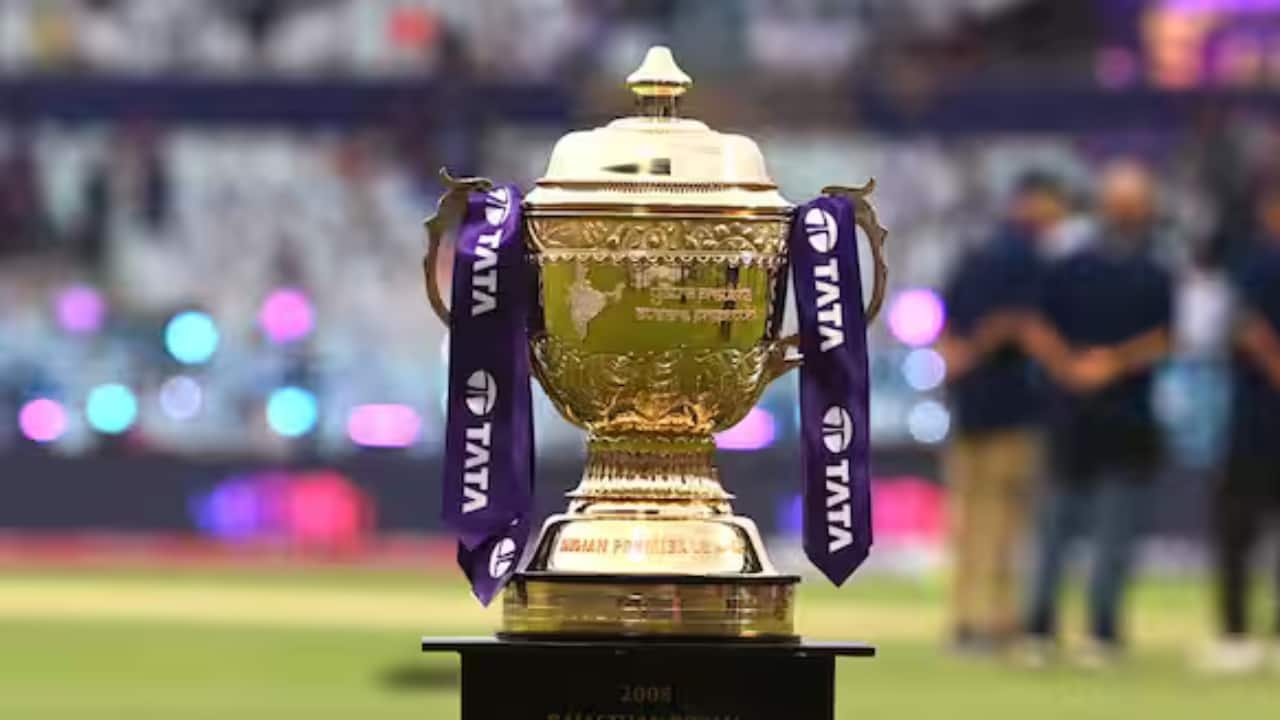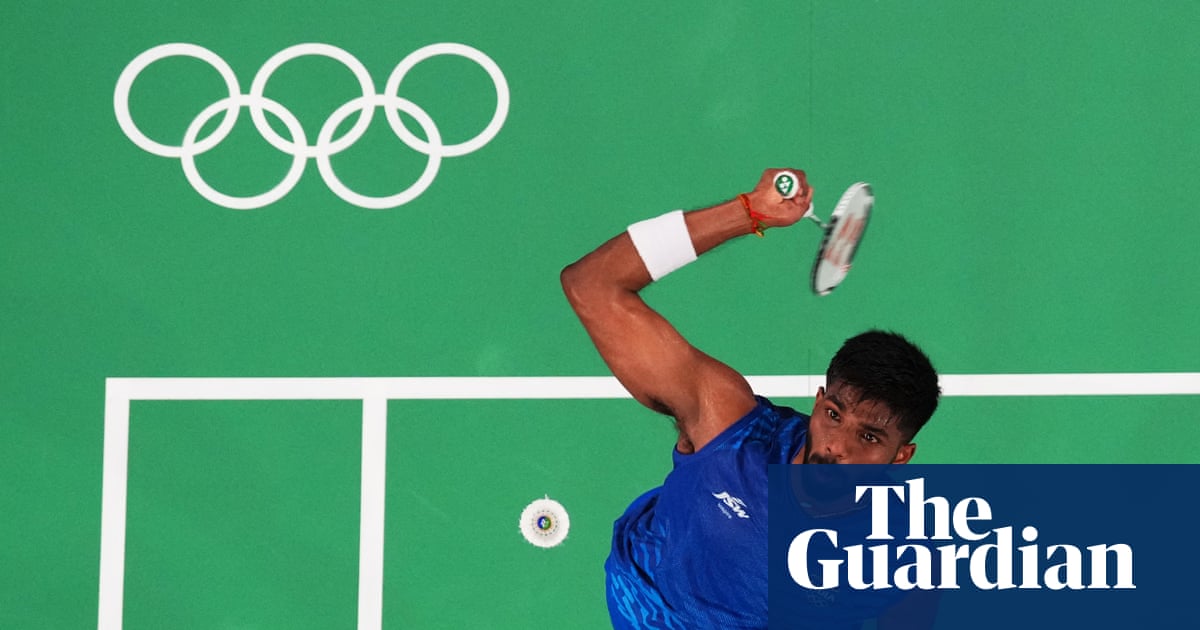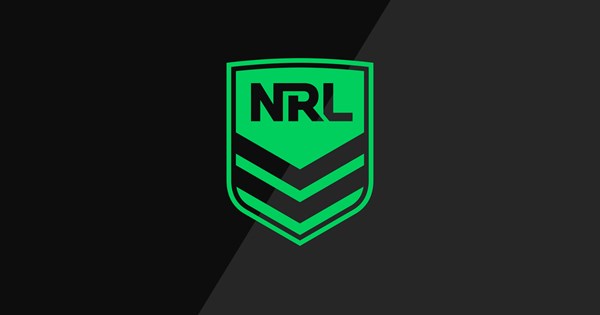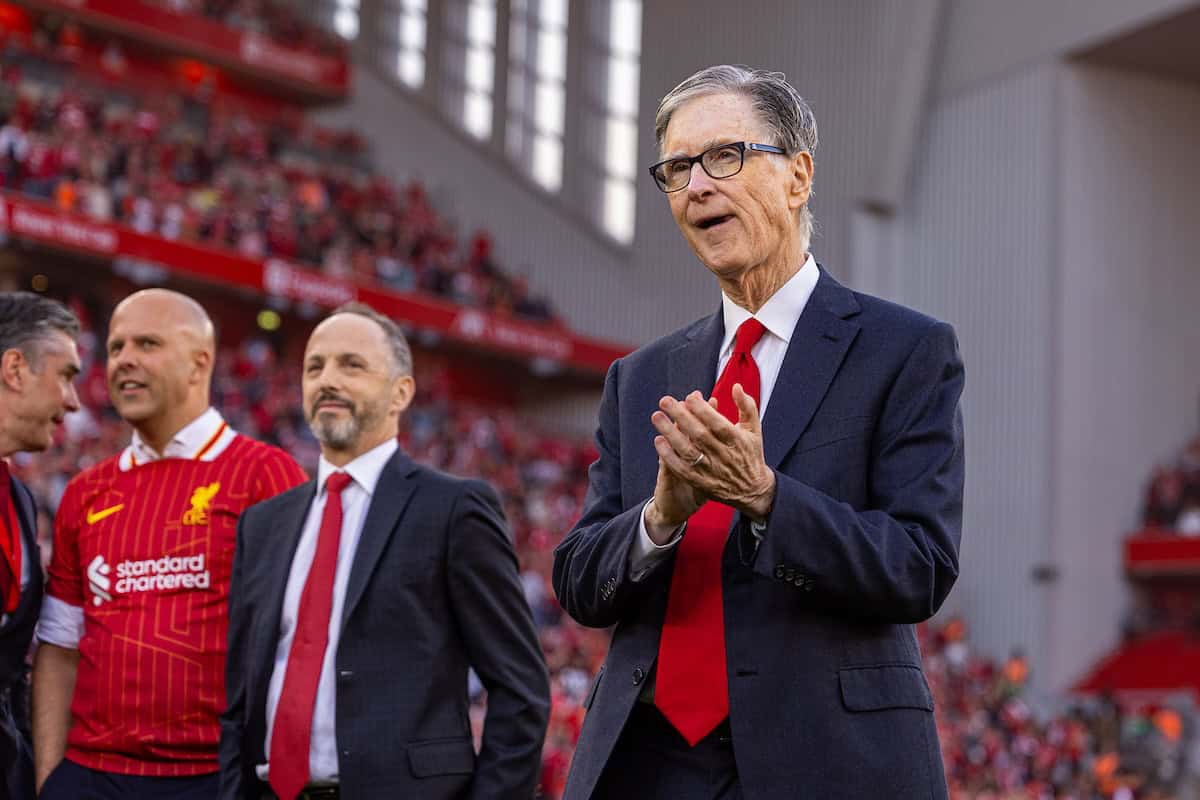IPL hits a valuation slump - gaming ban curbs its winning streak, WPL hits a roadblock too

For the first time in its history, the Indian Premier League (IPL) has faced two consecutive years of ecosystem valuation decline to Rs 76,100 crore in 2025 from Rs 82,700 crore in 2024 and Rs 92,500 crore in 2023, according to D and P Advisory, a consulting, advisory, and valuation services firm.IPL's valuation had peaked in 2023.From play to pauseThe sweeping ban on Real Money Gaming (RMG) has removed Rs 1,500–2,000 crore of annual advertising and sponsorship spend from the IPL ecosystem, leaving a visible void across broadcaster revenues, franchise partnerships, and fan-engagement activations, according to D and P Advisory's report titled Beyond 22 Yards – The Power of Platforms, The Price of Regulation.The 2025 decline is sharper in its commercial impact at 10.9% and more structural in nature, Santosh N, managing partner of D and P Advisory, pointed out. Fantasy and gaming platforms had become the IPL’s most aggressive advertiser cohort, contributing Rs 1,500–2,000 crore annually across league, franchise, and broadcaster deals. With the Promotion & Regulation of Online Gaming Act 2025 banning money-game advertising and sponsorship, this entire revenue stream has vanished.Real money gaming (RMG) firms were among the highest-yield buyers of digital ad inventory, often paying premiums for dominance. Their removal has left broadcasters scrambling to backfill with categories that spend less aggressively, leading to weaker Cost per mille (CPMs) despite record reach.In terms of franchises, many teams had RMG logos as front-of-shirt sponsors or key partners. Replacing these deals with traditional sectors like FMCG, BFSI, auto, EVs is proving challenging given the spending gap.Dream11's Rs 358 crore exit from the national jersey deal was the most visible sign of the broader retreat.Santosh said that the challenge ahead is to replace volatile categories with more stable, diversified value streams, ensuring that India's premier sports league continues to compound sustainably, even without auction fever or RMG-fueled spending.Media rights consolidationIn addition to the RMG ban, the report also highlighted the impact of the media rights consolidation in 2024.The first decline in IPL valuation came in 2024, when IPL’s television and digital rights consolidated under one roof. This eliminated the two-horse race that had driven rights inflation and auction fever in prior cycles. While the league still drew record audiences, the prospect of a monopolised rights market signaled lower escalation in future auctions.The above two factors have created the first sustained downturn in IPL's commercial history, reducing the ecosystem's value by nearly Rs 16,400 crore in just two years.WPL impactThe scenario is no different for Women's Premier League (WPL) as its ecosystem's value has decreased from Rs 1,350 crore to Rs 1,275 crore, marking a 5.6 percent decline.Adding to the uncertainty, Dream11's three season deal concluded in 2025 and with the online gaming bill passed in August, the Board of Control for Cricket in India (BCCI) now faces the challenge of securing fresh sponsors for the WPL. With only a few months left before the next season and little visible interest from new corporate partners, the league enters a period of unpredictability.Resilience remainsDespite the challenges, Santosh said that the fundamentals remain resilient of both the leagues.He pointed out that the 2025 season, held in the February-March window, had already attracted strong brand interest before the gaming bill was passed later in the year. In the opening match of WPL 2025 TV ratings surged up to 150% year-on-year and digital viewership jumped around 70%. New brand entrants cautiously explored the women's cricket space, reflecting a market in transition.On the fan side, while stadium capacities remained the same, they were mostly full throughout the season, reflecting growth in attendance compared to previous years. The increase in the number of venues this season has opened the league to a wider and more diverse audience. Crowds have been enthusiastic across matches, reflecting a strong and growing connection with the tournament.According to travel platform Skyscanner's data, there was a clear surge in travel linked to WPL fixtures. Bengaluru, Mumbai, and Lucknow emerged as the most searched cities for travel during February and March, with notable spikes around key matches and the playoffs.As for IPL, he said that the league remains resilient because of its over one billion viewers in 2025, with digital audience now surpassing TV along with strengthening of engagement by regional language streams, connected TV adoption, and interactive formats.However, Santosh reiterated that the growth model is shifting. With auction-driven surges less likely, future valuations will depend on diversified sponsor bases ---categories like auto, fintech 2.0, healthcare, esports as well as new monetisation models including subscription bundles, regional packages, commerce integrations, and entry of global tech players like Netflix, Amazon, Apple to restore competitive tension in rights auctions.













